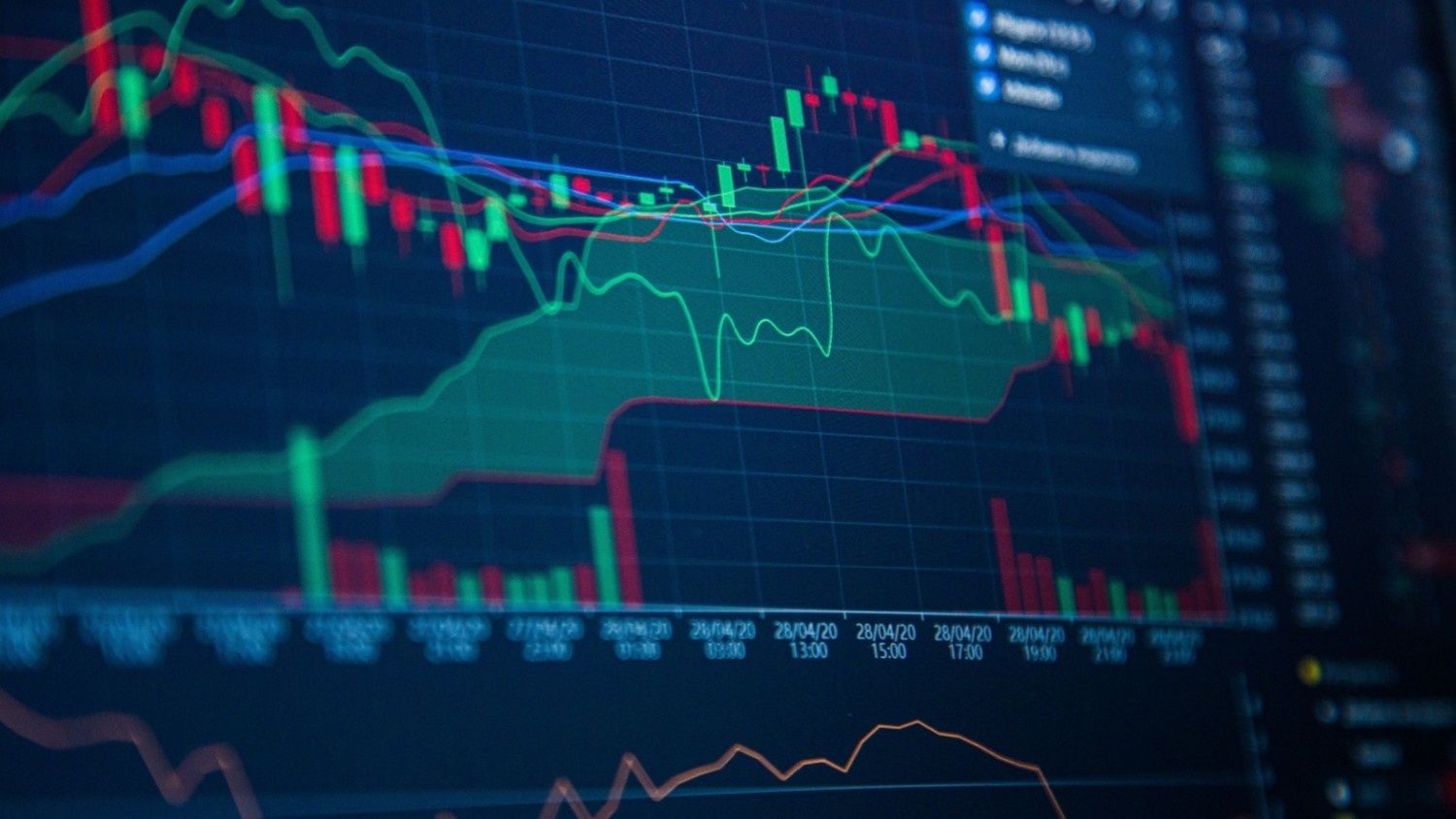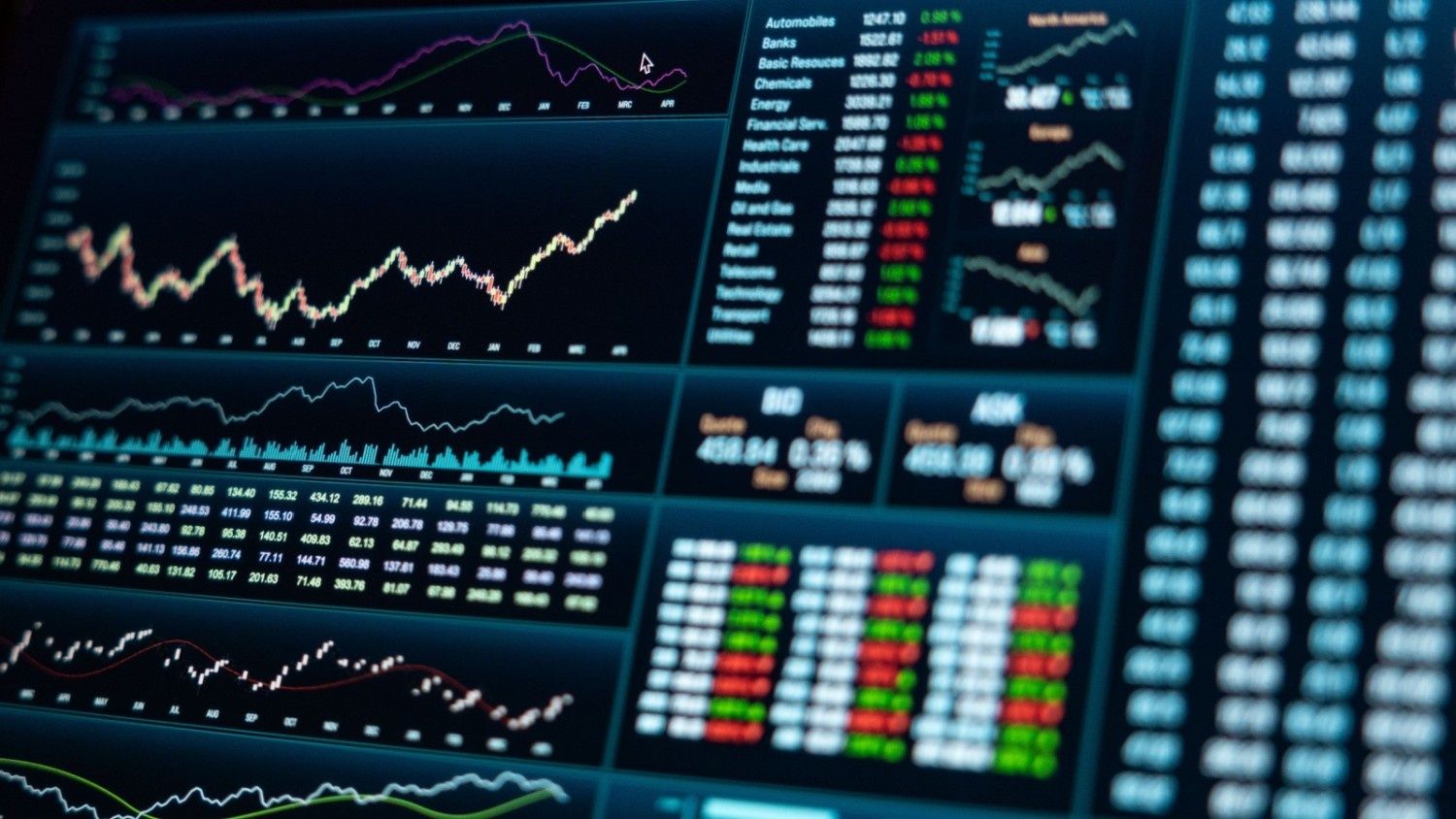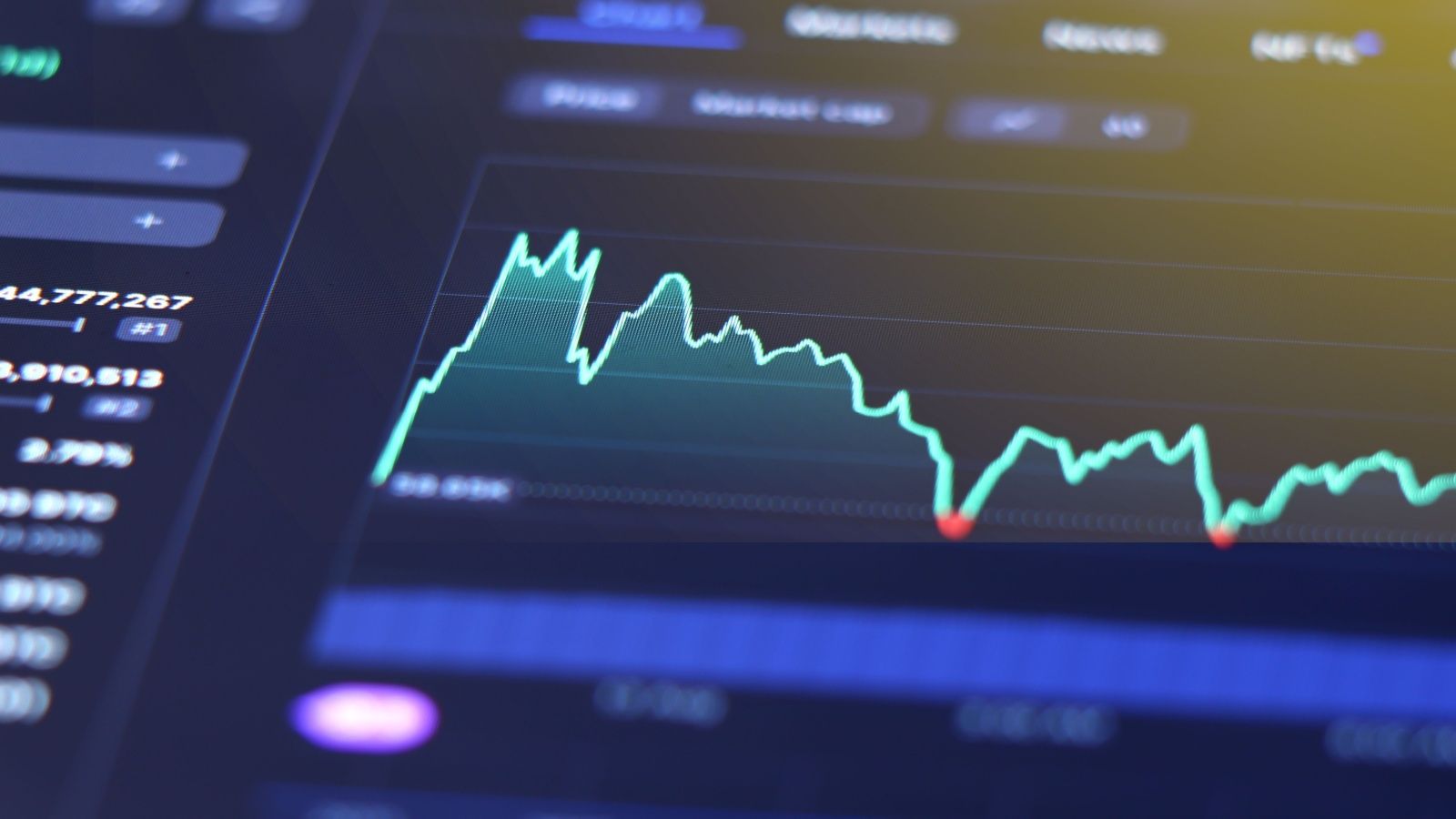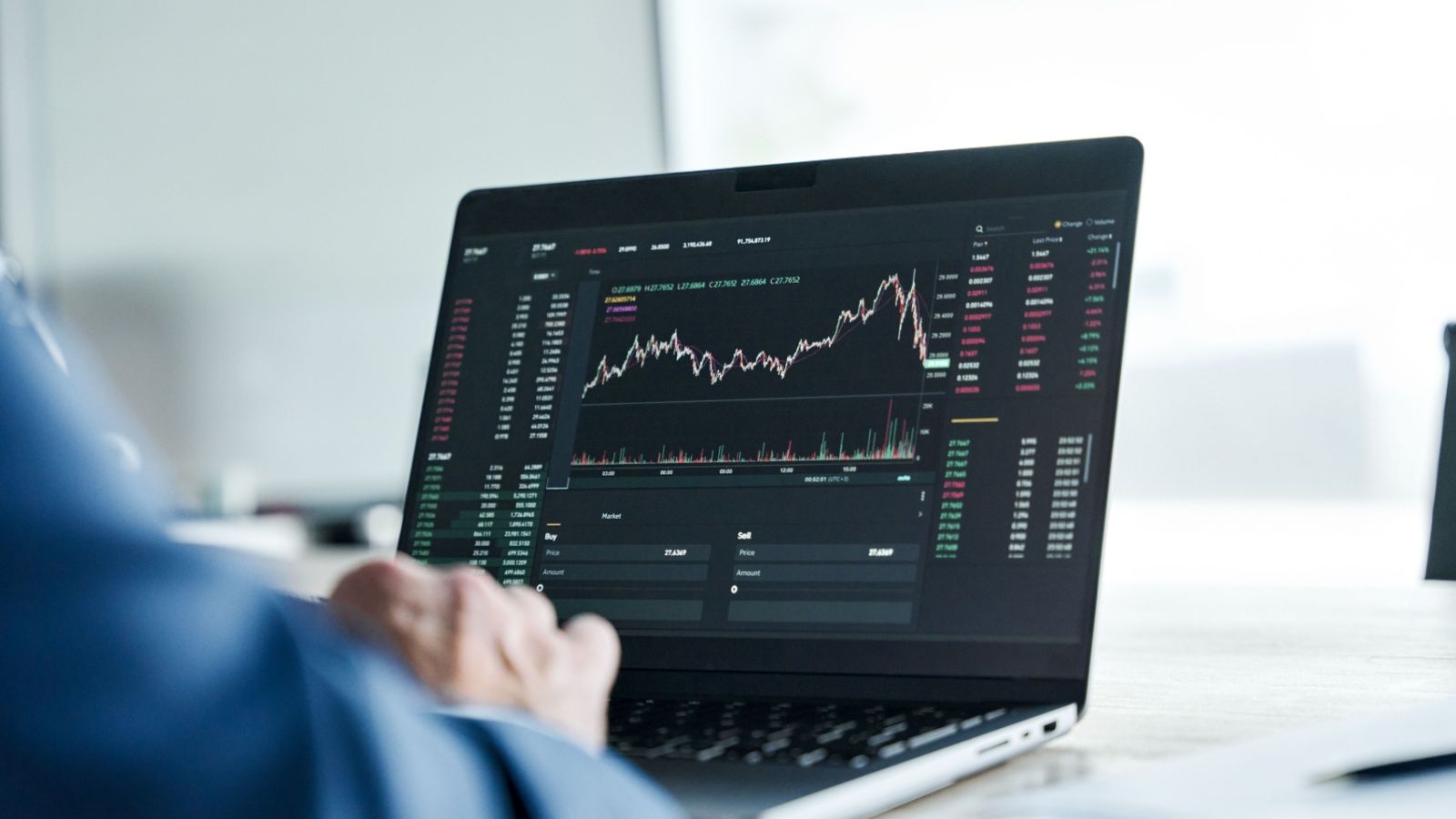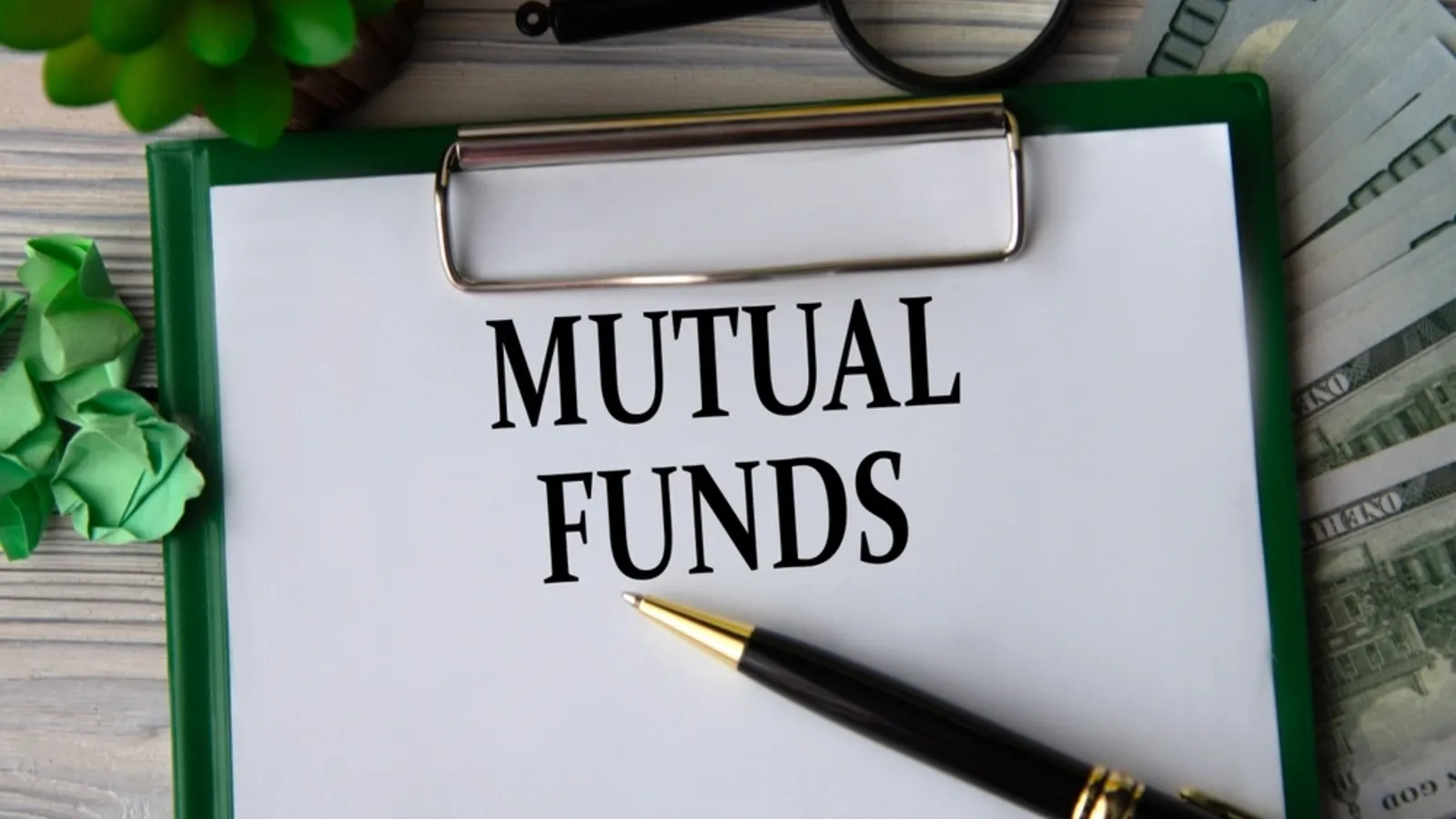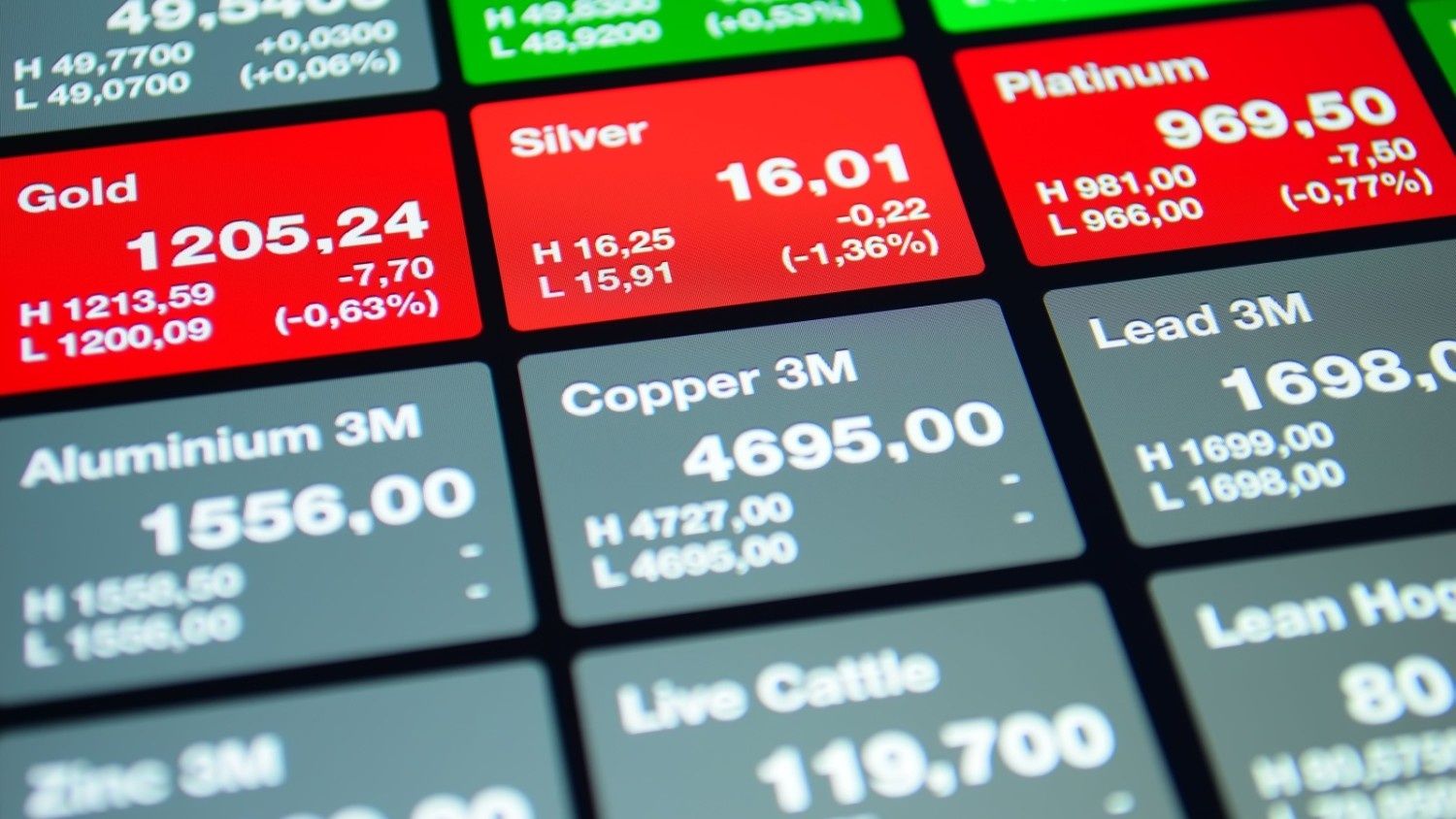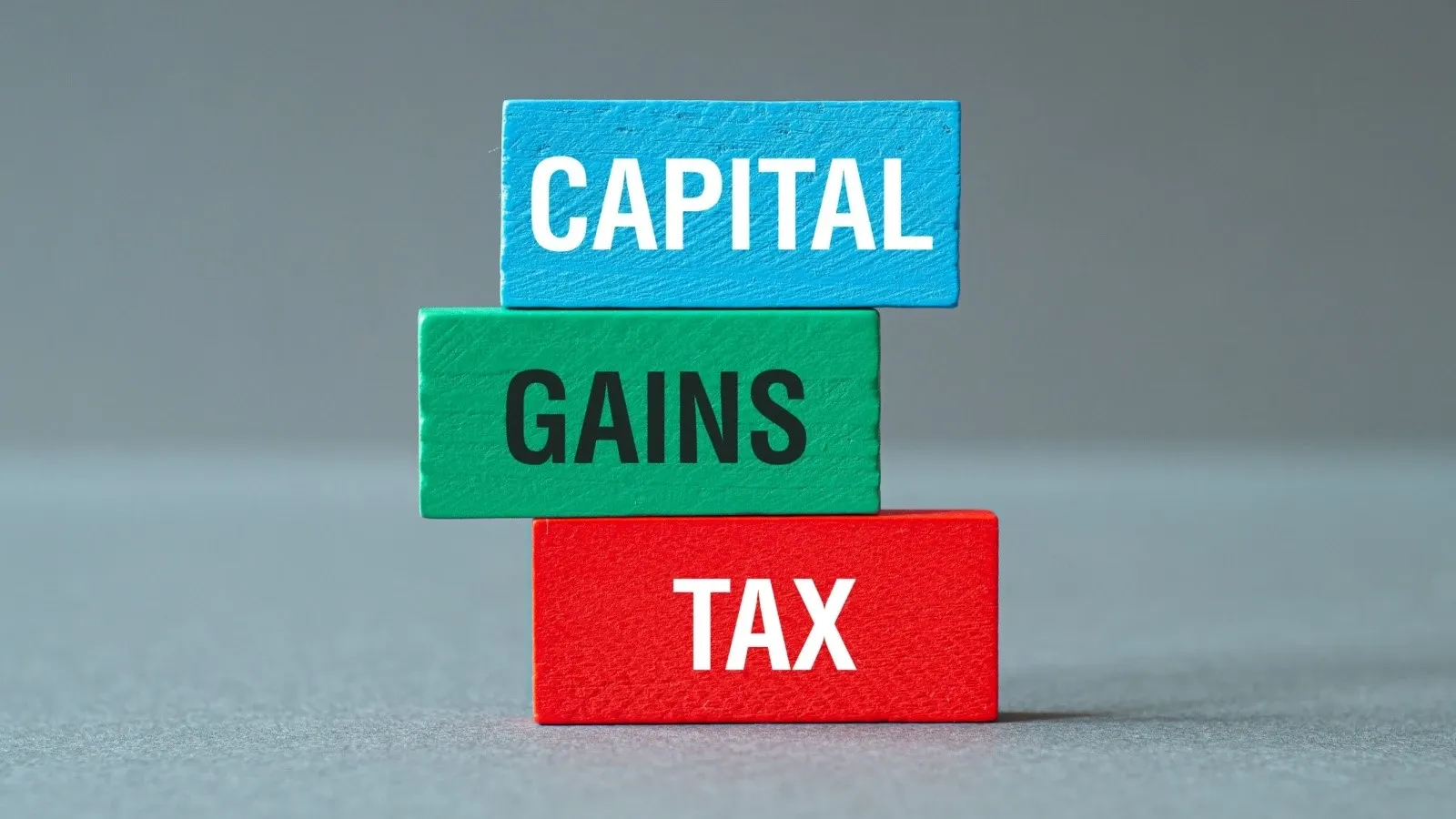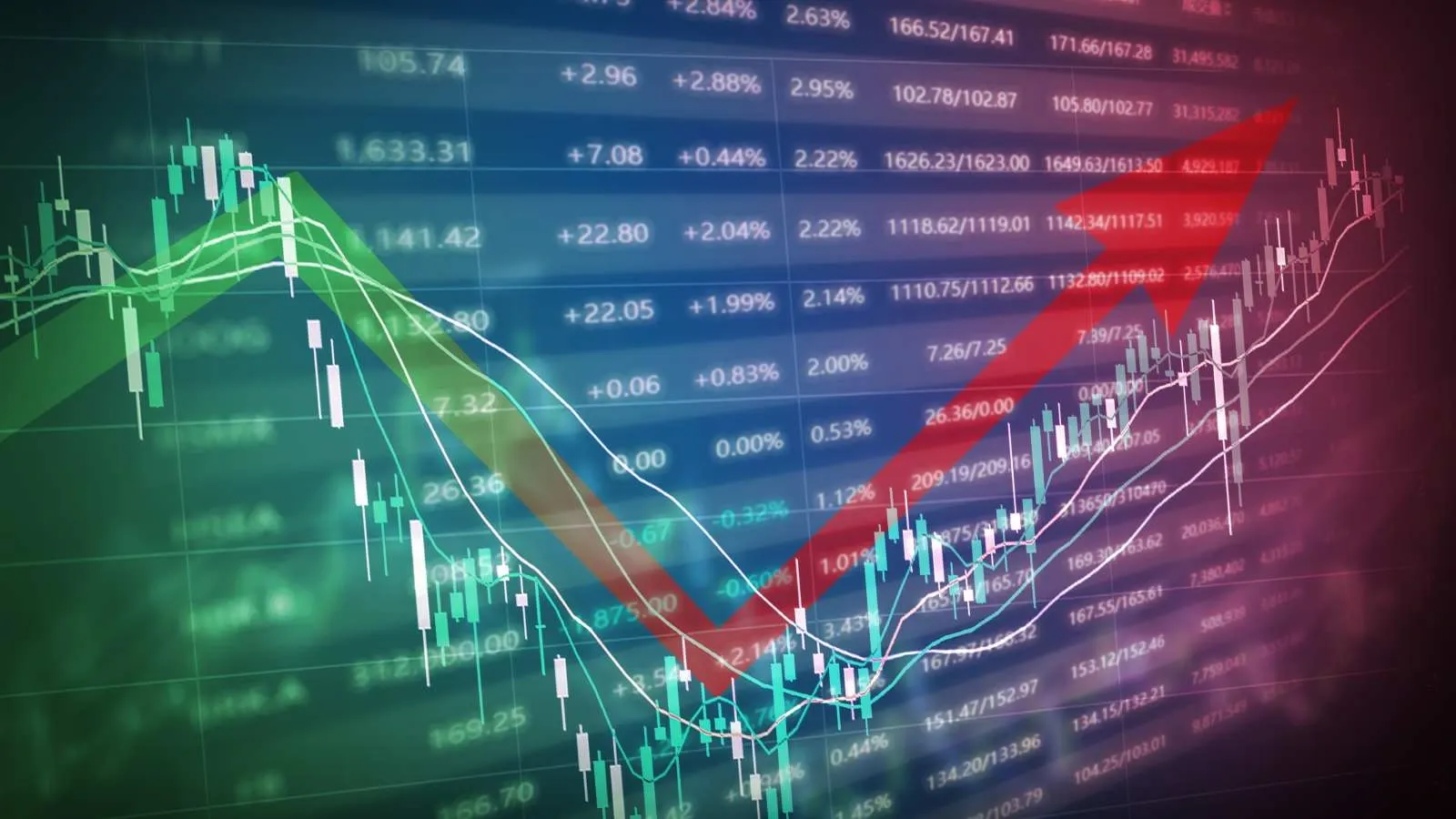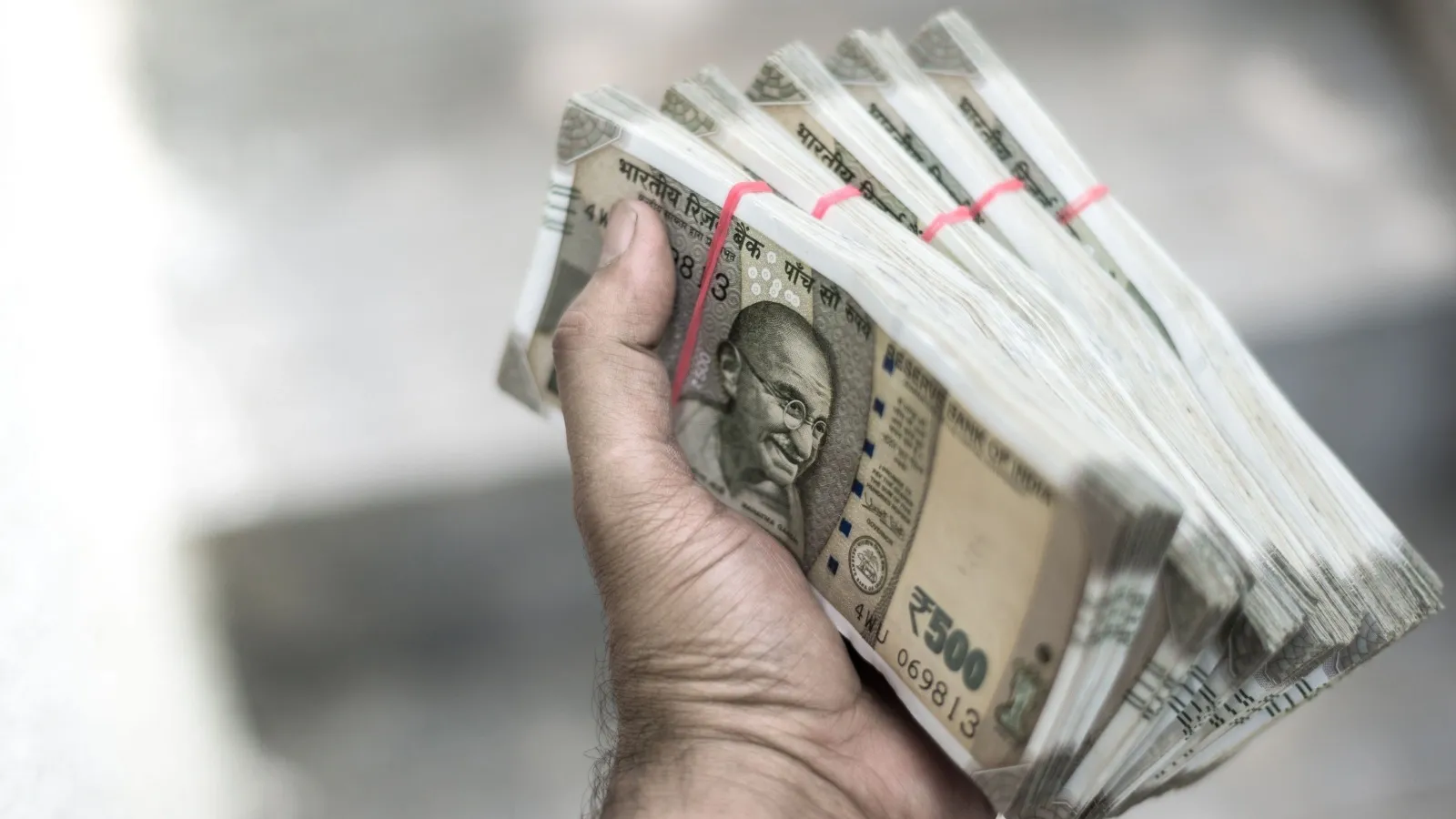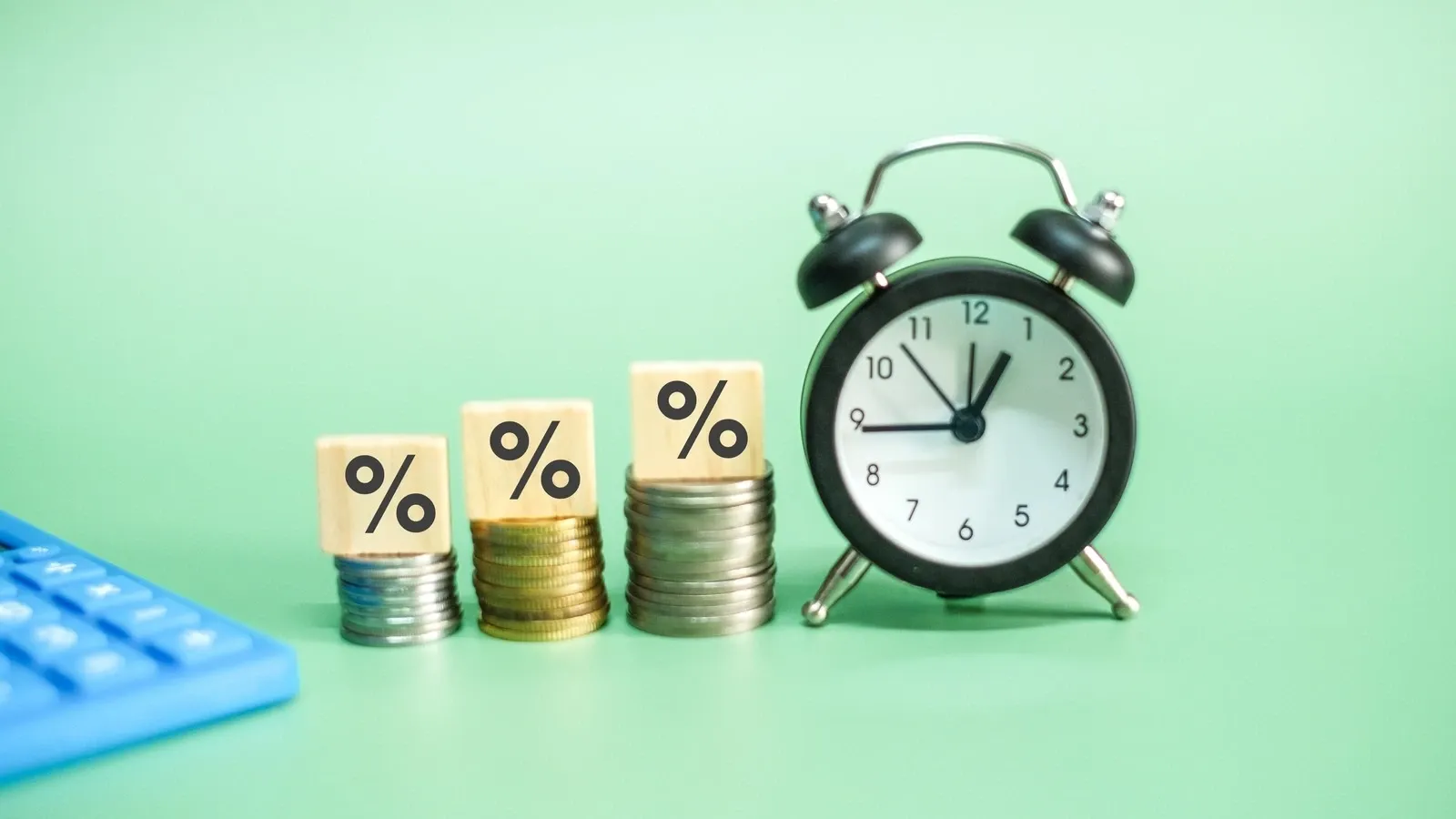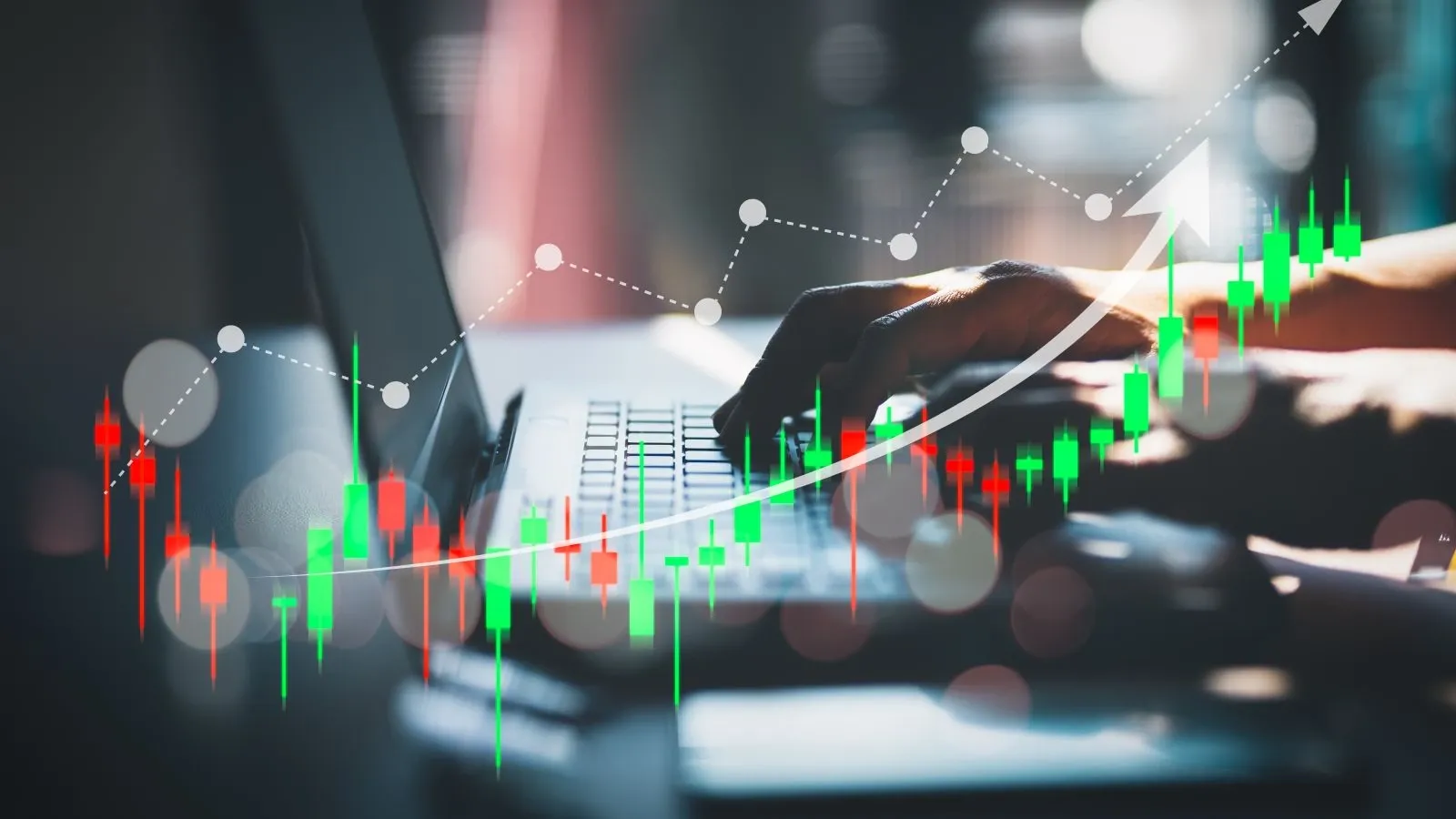What is Dividend Per Share & How to Calculate in India: Formula & Example
Written by Upstox Desk
Published on October 06, 2025 | 5 min read

If you are an investor, you must have received dividends from your shares. But do you know what dividends actually are and how are they calculated? If not, then we have got you covered.
In this article, we will talk about dividends per share. We will start by discussing the dividend per share and the forms of dividends. Then we will look at how to calculate dividends per share with the help of the dividend per share formula. Then we will look at an example and how to calculate dividends per share using the income statement. Then we will examine the rationale for giving and not giving the dividend.
Dividend Per Share
Dividend per share is calculated by dividing the total amount of dividends paid by a company in a year by the weighted average number of shares held by that company. Investors who are shareholders of the company, therefore, receive after-tax profits.
Forms of Dividends
Cash Dividend:
The company pays out cash dividends on each share. Cash dividends are the most common dividend type among all the different types. The company directors decide to pay the shareholders who owned the company's stock on the declaration day a specific dividend amount in cash. The record date is the day companies make dividend payments to corporate stockholders. On the day of payment, the corporation instantly pays dividend payments into stockholders' accounts.
Stock dividend:
A stock dividend is the issue of additional shares by a company to its owners. An example of a stock dividend is a bonus issue. Consider this extra issue announcement: 5:1. The shareholder will receive five shares for each share they possess. If a shareholder has five shares, they will receive 25 shares.
Liquidating dividends:
The company's assets are liquidated, and the proceeds are given as a dividend to stockholders. Liquidating dividends are typically paid out when a business prepares to close its doors.
Property Dividend:
An organization may distribute a non-cash dividend to investors rather than paying out in cash or stock. Record this distribution of the assets that were distributed at fair market value. The asset's fair market value will probably differ significantly from its book value. Thus the corporation will probably record the difference as a gain or loss. This accounting rule may occasionally cause a company to purposefully pay property dividends to change its reported and/or taxed income.
Dividend Per Share Formula:
- Dividend Per Share = Earnings Per Share x Dividend Payout Ratio
- Dividend Per Share = Total Dividends Paid / Shares Outstanding
An Illustrated Example
Company A will pay dividends totalling $500,000 to its shareholders in the next quarter. Currently, it has 1,000,000 outstanding shares. The dividend per share is calculated by dividing the total dividend by the number of shares outstanding. This equates to a dividend of $0.50 per share ($500,000 divided by the $1,000,000).
Calculating Dividend Per Share From The Company's Income Statement
You can use these steps to determine DPS from financial statements.
- Determine the business's net profit
The final line item on an income statement is frequently net income.
- Determine the total outstanding shares. Usually, a firm's balance sheet includes information on the number of outstanding shares. Subtracting the number of shares issued from the number of shares outstanding will give you the total number of shares in circulation.
- Calculate the net revenue by the outstanding shares of the company.
The earnings per share are calculated by dividing the net income by the total number of outstanding shares.
Why Should You Pay Dividend To Shareholders
Let's examine the two primary justifications for why companies choose to pay dividends:
Listing Prerequisites
Corporations periodically need to increase the number of shares in circulation to meet the requirements for stock-exchange listing. For a company to be eligible for listing on a regulated stock market, there must be a minimum number of shares outstanding. The most straightforward approach to raising the number of outstanding shares is through non-cash dividends.
Encourage Investors
Dividends are something that many investors look forward to and consider a reliable source of income. As a result, investors have a stronger preference for dividend-paying companies.
Why Should You Not Pay A Dividend To Shareholders
Even though dividends can be utilized to attract investors and highlight a company's strength, several significant factors influence whether or not corporations choose to pay them:
It Encourages Development.
A company that is rapidly growing is probably not going to produce dividends. Instead, the company spends its profits on financing future growth.
Improper Signaling
A corporation risks receiving unfavourable signalling if it reduces its dividend payout after initially paying dividends. Investors generally hold corporations that alter or discontinue their current dividend policy in low regard. So, businesses may decide to forego paying any dividends altogether to avoid this issue.
Conclusion-
Don't invest in a stock because it has the highest dividend yield. Consider additional factors such as financials, managerial quality, sales, business outreach, and long-term return consistency. Also, a company's shares may not always pay substantial dividends. Dividends are advantageous, but remember to conduct primary research before investing in stocks.
About Author
Upstox Desk
Upstox Desk
Team of expert writers dedicated to providing insightful and comprehensive coverage on stock markets, economic trends, commodities, business developments, and personal finance. With a passion for delivering valuable information, the team strives to keep readers informed about the latest trends and developments in the financial world.
Read more from UpstoxUpstox is a leading Indian financial services company that offers online trading and investment services in stocks, commodities, currencies, mutual funds, and more. Founded in 2009 and headquartered in Mumbai, Upstox is backed by prominent investors including Ratan Tata, Tiger Global, and Kalaari Capital. It operates under RKSV Securities and is registered with SEBI, NSE, BSE, and other regulatory bodies, ensuring secure and compliant trading experiences.




